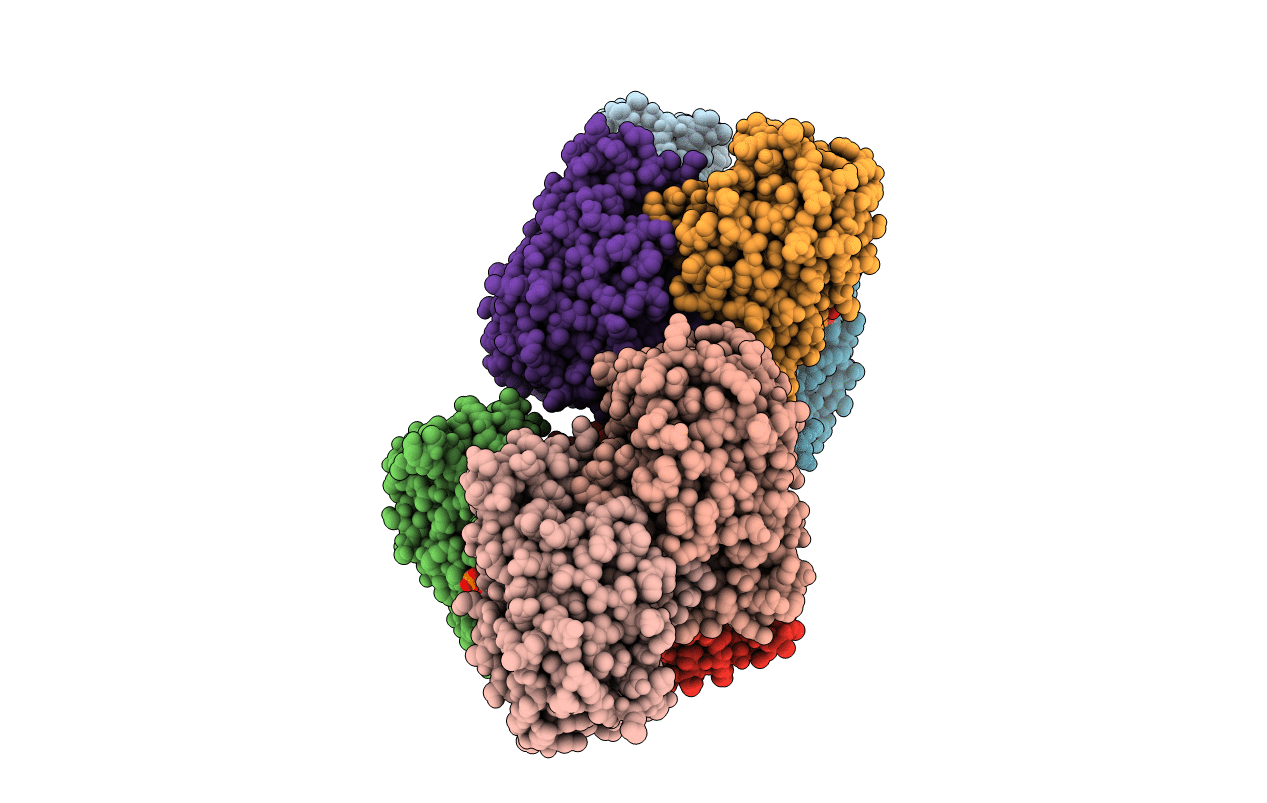
Deposition Date
2017-09-29
Release Date
2018-02-21
Last Version Date
2023-10-04
Entry Detail
PDB ID:
6B5E
Keywords:
Title:
Mycobacterium tuberculosis RmlA in complex with dTDP-glucose
Biological Source:
Source Organism:
Host Organism:
Method Details:
Experimental Method:
Resolution:
1.85 Å
R-Value Free:
0.21
R-Value Work:
0.17
R-Value Observed:
0.17
Space Group:
P 21 21 21


